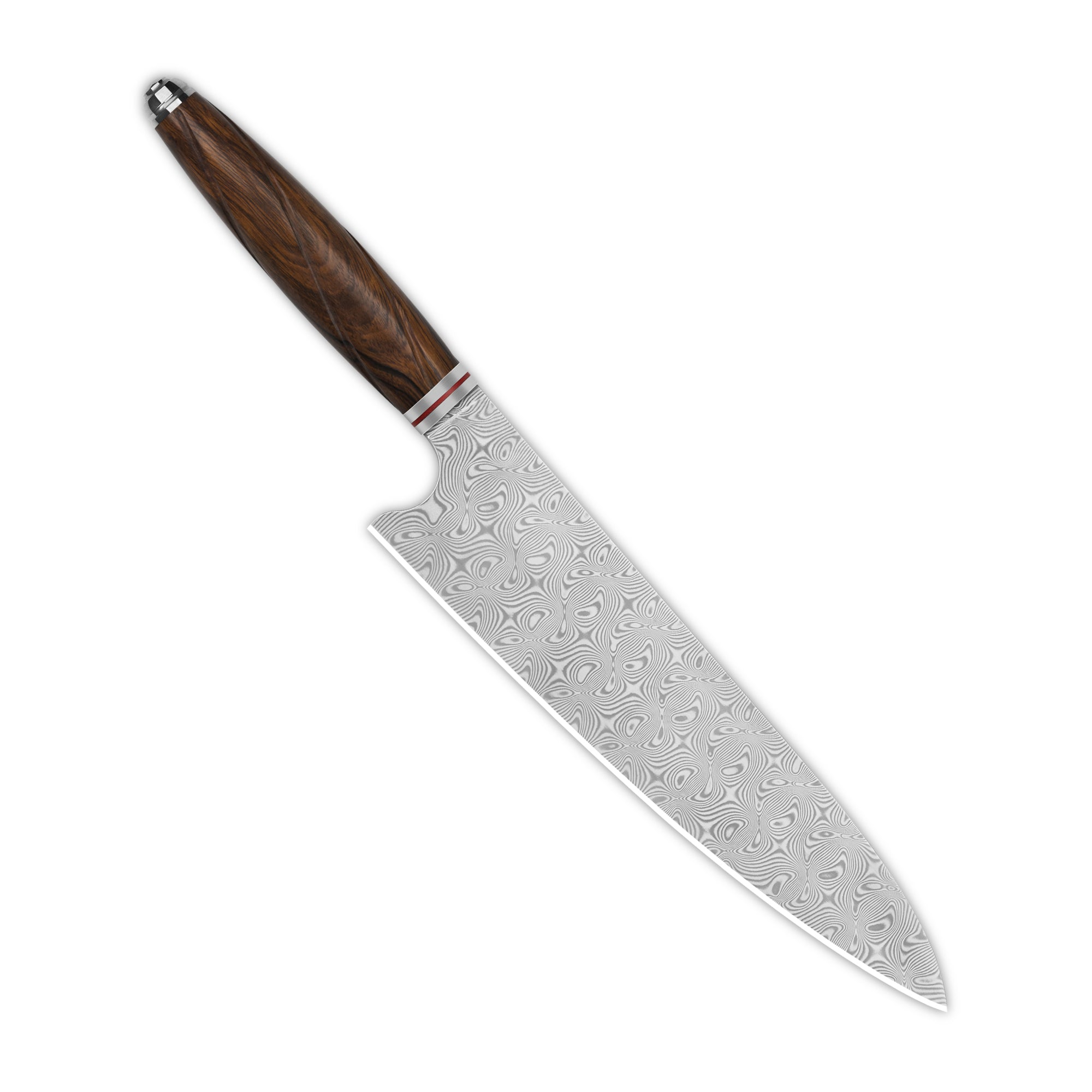Unlock the Secrets of Paring Knives: Master Your Culinary Skills Today!
Paring knives are often the unsung heroes of the kitchen, yet they play a pivotal role in the culinary world. Whether you're an amateur cook trying to hone your skills or a seasoned professional looking to perfect your craft, mastering the use of a paring knife can significantly elevate your cooking experience. This versatile tool is designed for precision tasks that require finesse and control, making it essential for a variety of kitchen tasks. In this article, we will delve into the anatomy of paring knives, explore their myriad uses, discuss the key features to consider when selecting one, and introduce the different types available on the market. By the end, you'll understand why this humble knife is a must-have in every kitchen.

Understanding Paring Knives
A paring knife is typically characterized by its small, lightweight design, featuring a blade that ranges from 2.5 to 4 inches in length. The blade is often straight or slightly curved, allowing for intricate cutting and peeling tasks that require a delicate touch. The compact size of the paring knife makes it easy to maneuver, providing the chef with the precision necessary for detailed work. This knife's design is not just for aesthetics; its versatility allows it to perform numerous tasks, from deveining shrimp to creating garnishes. Given its importance in the kitchen, it's no surprise that paring knives are considered a staple tool, found in the drawers of both novice cooks and culinary experts alike.
Uses of Paring Knives
Paring knives shine in their ability to perform a variety of tasks that require skill and precision. One of their primary uses is peeling fruits and vegetables, such as apples, potatoes, or citrus. The small blade allows for detailed manipulation, making it ideal for trimming and slicing ingredients with care. For instance, when preparing a fruit salad, a paring knife can easily remove the skin from kiwi or segment an orange, ensuring that the presentation looks as good as it tastes. Additionally, these knives are perfect for intricate cutting tasks, such as deveining shrimp or creating decorative garnishes like radish roses. The versatility of the paring knife makes it an invaluable tool for any cooking enthusiast.
Features of a Quality Paring Knife
When selecting a paring knife, there are several key features to consider that can significantly impact its performance and your comfort while using it. First, the blade material is crucial; high-carbon stainless steel is often preferred for its sharpness and durability. A well-balanced knife is also essential; it should feel comfortable in your hand and allow for easy control during use. The handle design is another important factor; ergonomic handles made from materials like wood or high-quality plastic provide a secure grip, reducing hand fatigue during extended use. Lastly, weight plays a role as well; a lightweight knife can offer better maneuverability, while a slightly heavier knife may provide more control for specific tasks.
Types of Paring Knives
Paring knives come in several varieties, each suited to different culinary tasks. The straight blade paring knife is the most common, ideal for general tasks like peeling and slicing. The curved blade paring knife, on the other hand, is designed for tasks that require a rocking motion, making it excellent for tasks like chopping herbs or mincing garlic. Lastly, the serrated paring knife is perfect for cutting through tougher skins, such as tomatoes or crusty bread, without squishing the flesh inside. Understanding these distinctions allows cooks to choose the right type of paring knife for the job, enhancing their efficiency and effectiveness in the kitchen.
Key Takeaways on Paring Knives
In summary, paring knives are essential tools that every cook should master. Their unique design, versatility, and precision make them indispensable for a variety of culinary tasks, from peeling and trimming to intricate cutting. By understanding the key features to look for and the different types available, you can select a paring knife that best suits your needs. As you practice using this vital kitchen tool, you'll find that your culinary skills and confidence will grow, making cooking a more enjoyable and rewarding experience. So, grab a paring knife and start unlocking your culinary potential today!







